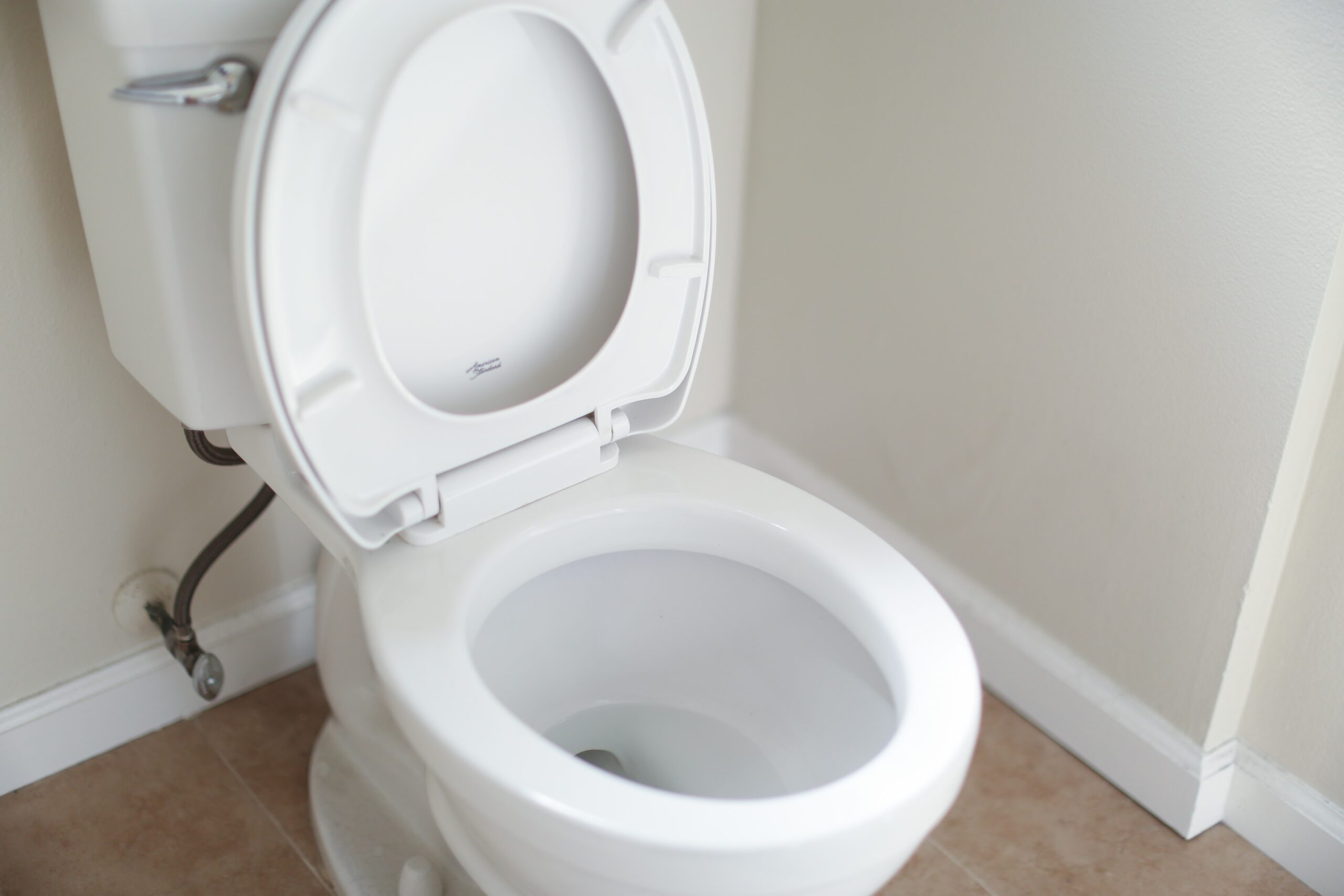
Installing a septic tank is a requirement for some homeowners, and that type of project is going to come with some initial costs as well as ongoing expenses. If you are planning on installing that type of sewage system on your property, then it is vital that you carefully consider all of those different expenses so that you don’t end up running into financial issues down the road.
Permits
In most areas, there are relatively strict laws regarding septic tanks, and you will probably be required to file for a permit well before any work is done. Depending on where you live, you might need to apply to a local health department at least a few weeks in advance so that there is ample time for the approval process. You can also ask your contractor to see if they will apply for the permits on your behalf and add the fees to your final bill.
Installation
The total cost of this project is going to be determined by a long list of factors, and that includes the size of the home, the size of the tank, and how many sewage lines must be installed. Which type of septic tank you are having installed is another important factor that must be taken into consideration. As a general rule, homeowners can plan on paying at least $5,000 for a high-quality tank that is going to last for a few decades.
Ongoing Maintenance
Septic tank maintenance is extremely important for a few different reasons, and that includes the longevity of the system. Without proper maintenance, you could deal with catastrophic damage to your property that ends up costing you huge sums of money. In most cases, homeowners should plan on having their tanks inspected, serviced, and pumped once every three to five years, and those appointments typically cost a few hundred dollars.
Keeping Your Costs Low
To keep your costs as low as possible, you should always work with a licensed and insured septic tank contractor. Those individuals are going to have the tools and training that are needed to catch and fix minor problems before they become major issues. You should also carefully read your owner’s manual so that you know what steps you can take to prevent clogs and other common issues.
In addition to these few expenses, you must also consider changes to your insurance. Well before you have your septic tank installed, you should contact your insurance provider to see if any changes need to be made to your monthly premiums and overall coverage.


